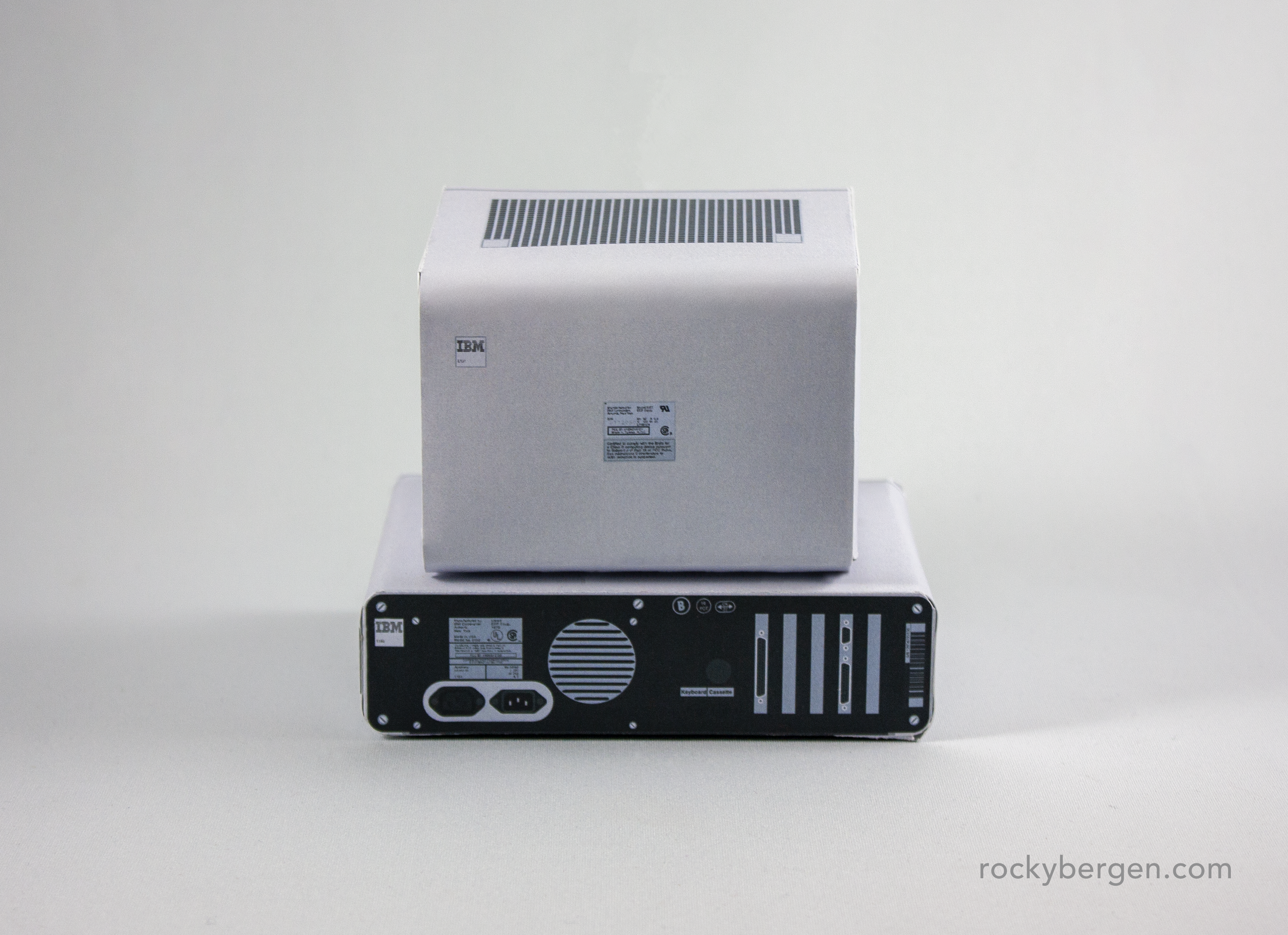The download to the BBC Microcomputer model is available at the bottom of this article.
I grew in Canada in the 80s and spent my elementary school years surrounded by Apple II computers. While not an official government scheme, I suspect many North American school kids my age will have seen the Apple’s as the school computer, often having cheaper 8-bits at home.
In the UK, the push towards computer literacy was a deliberate government effort. Computers were seen as the future and that every child should know how to use one. As a way to help realize this, a call to action was issued to all the major electronics manufacturers to help create a BBC branded microcomputer that would be distributed to school’s across the country.
Sinclair Research were seen as the obvious choice for the job but through a series of mishaps, the award was ultimately given to former partner turned rival Acorn Computers. Anyone who is interested in learning more about this whole fiasco, I suggest checking out the endlessly entertaining movie, Micro Men.
To accompany the release of Acorn’s new BBC Microcomputer a BBC television program aptly called The Computer Programme, helped lead kids through the inner working’s of the BBC Micro or Beeb for short.
The Beeb was produced by new kid, Acorn Computers.
The rear of the system.
I surveyed a few online communities to find out which computer model I should design next and the BBC Micro was a standout winner. Without access to the online resources, I might have neglected to recognize this computer for the powerhouse it was. Not only was it powerful in its day, it also helped to foster a spirit of digital exploration that can still be felt today. The ARM processor, which is still an essential part for the computer landscape descends directly from the chips Acorn design for the BBC.
Today, the UK born Raspberry Pi exists to help educate students both all over the world and is a permanent fixture in my living room. While I may miss some of the retro goodness of the machines of the 80’s, it is nice to know that similar experiences can still be had by current generations through cheap home computers and ever improving emulation.
While the BBC Micro was known as the education computer, it had plenty of games like Frak seen above.
Chucky Egg was ported to the BBC Micro.
Watch out for Granny in Granny’s Garden.
My personal experience with the Beeb is largely relegated to YouTube videos, the aforementioned Micro Men movie and the excellent talk, The History of the British Home Computer by Author and Tech Historian Tom Lean.
If similar efforts had been made in Canada to educate the youth back in my school days, perhaps my passion for retro computers would be more widely shared inside my country. As it stands, I am glad that there is a reverence for these machines in other parts of the world and that with easy access to a global community, these passions can be shared anywhere.
Promo materials and companion manuals were a popular source of information.
I hope you enjoy building this model as much as I enjoyed making it. In many ways this might be the closest I ever get to touching a real BBC Microcomputer. Please consider dropping a like and sharing your personal experiences with this machine in comments below. I am always looking to learn something new!
You can download the BBC Microcomputer model here.


